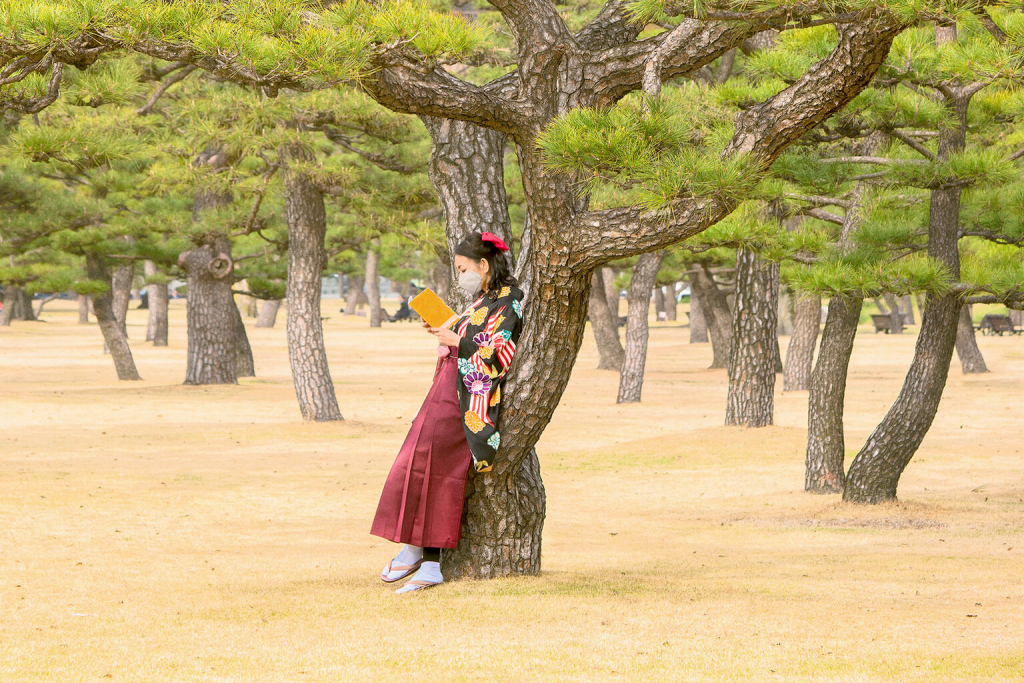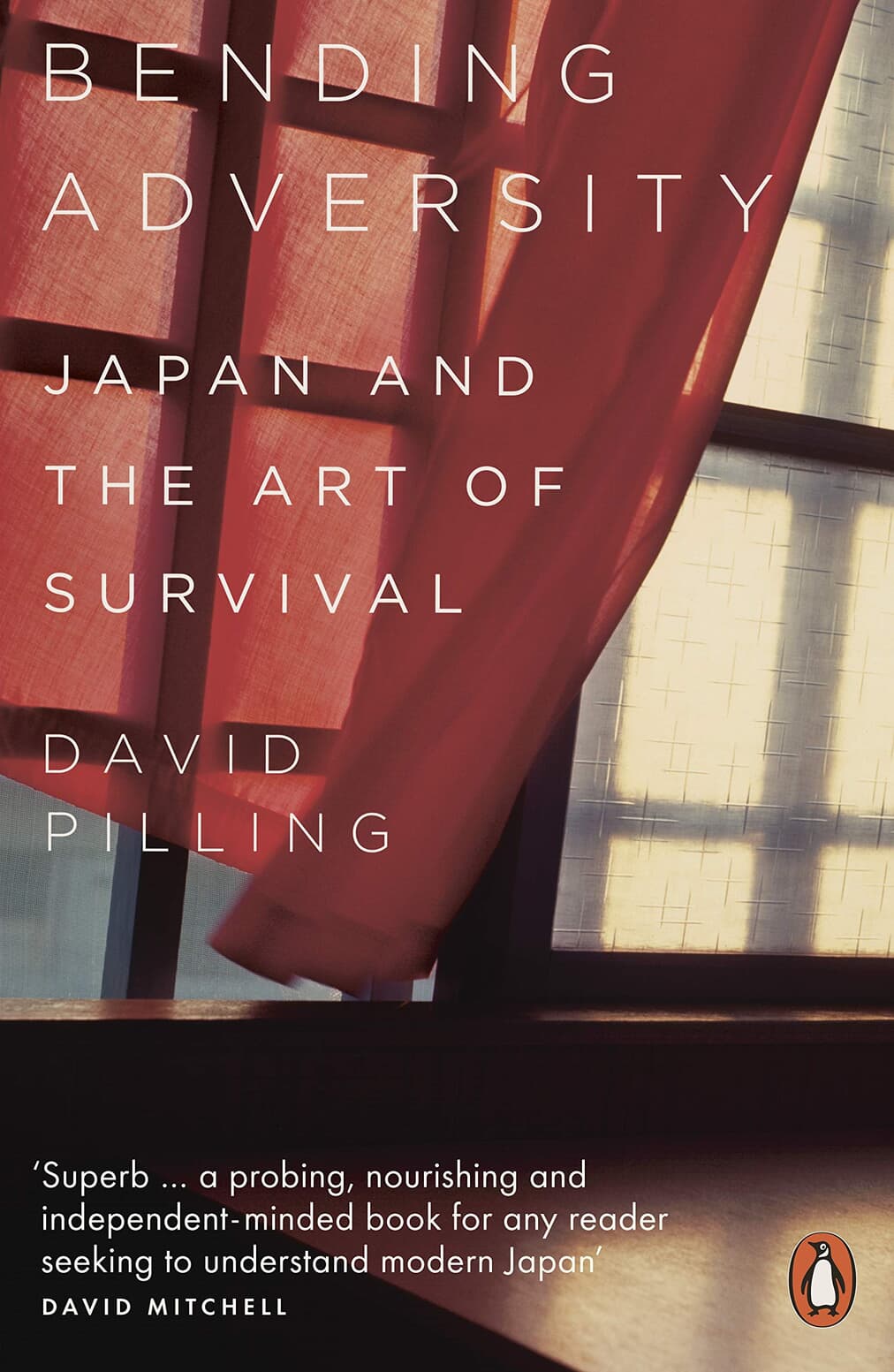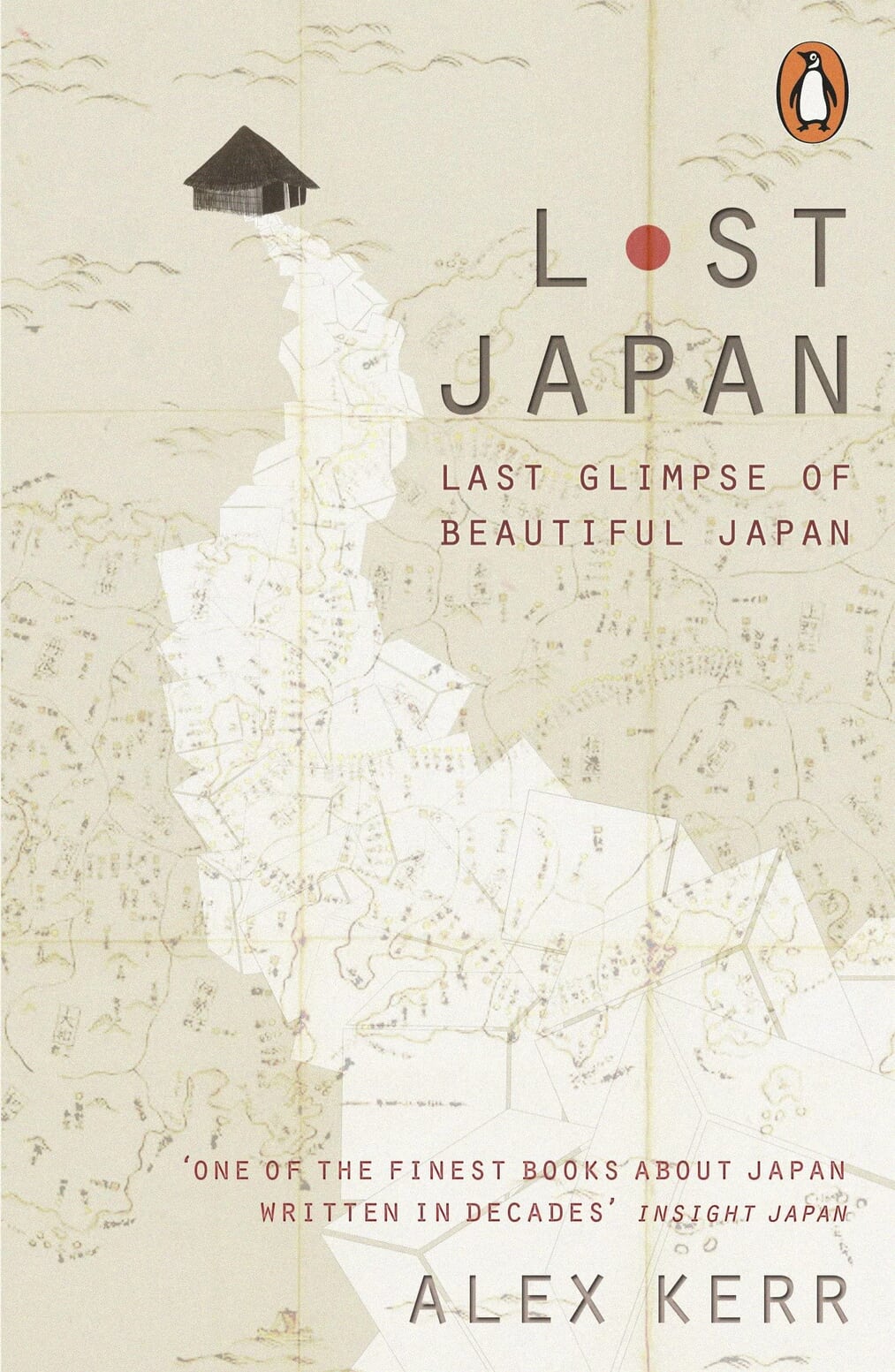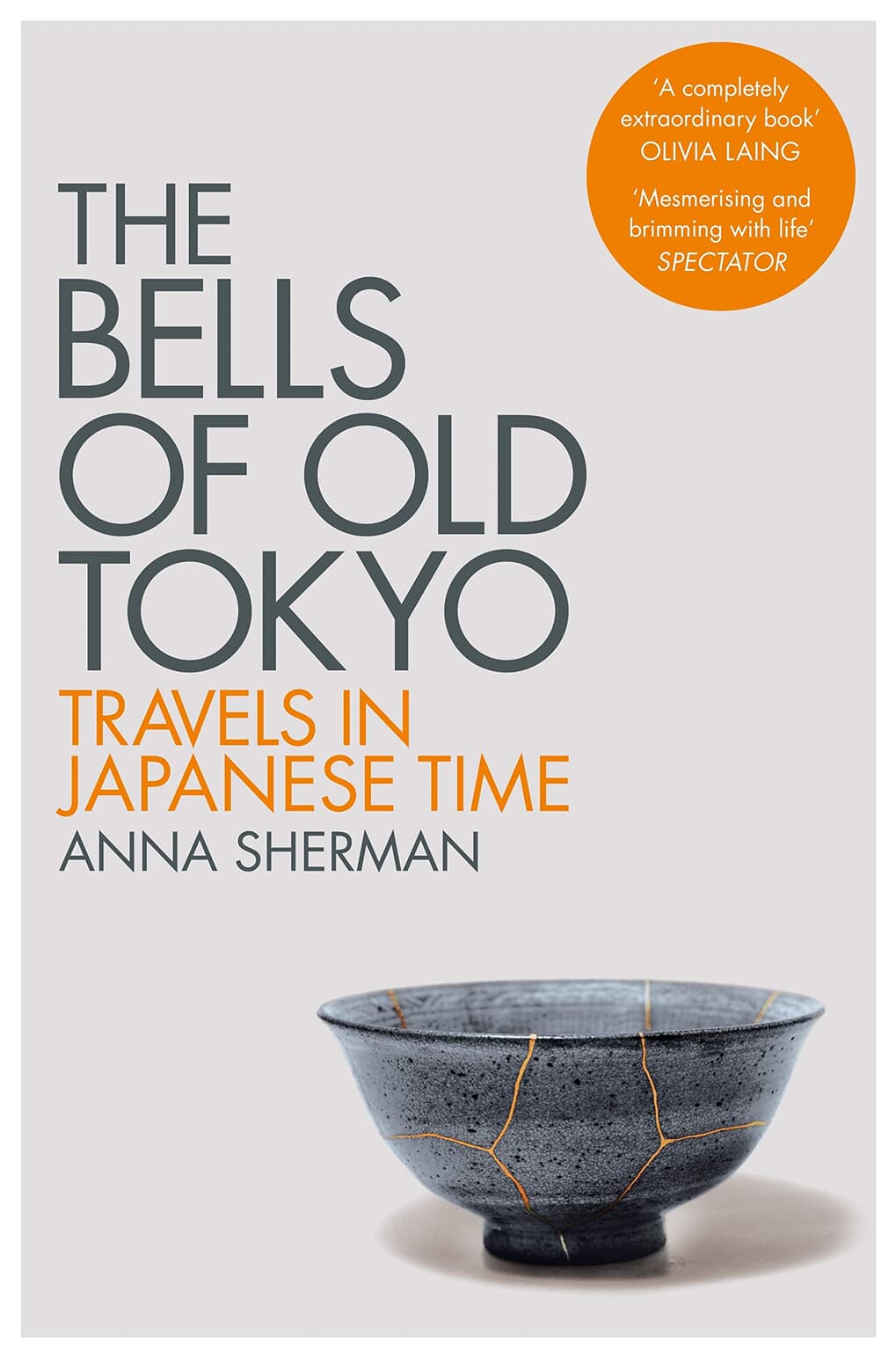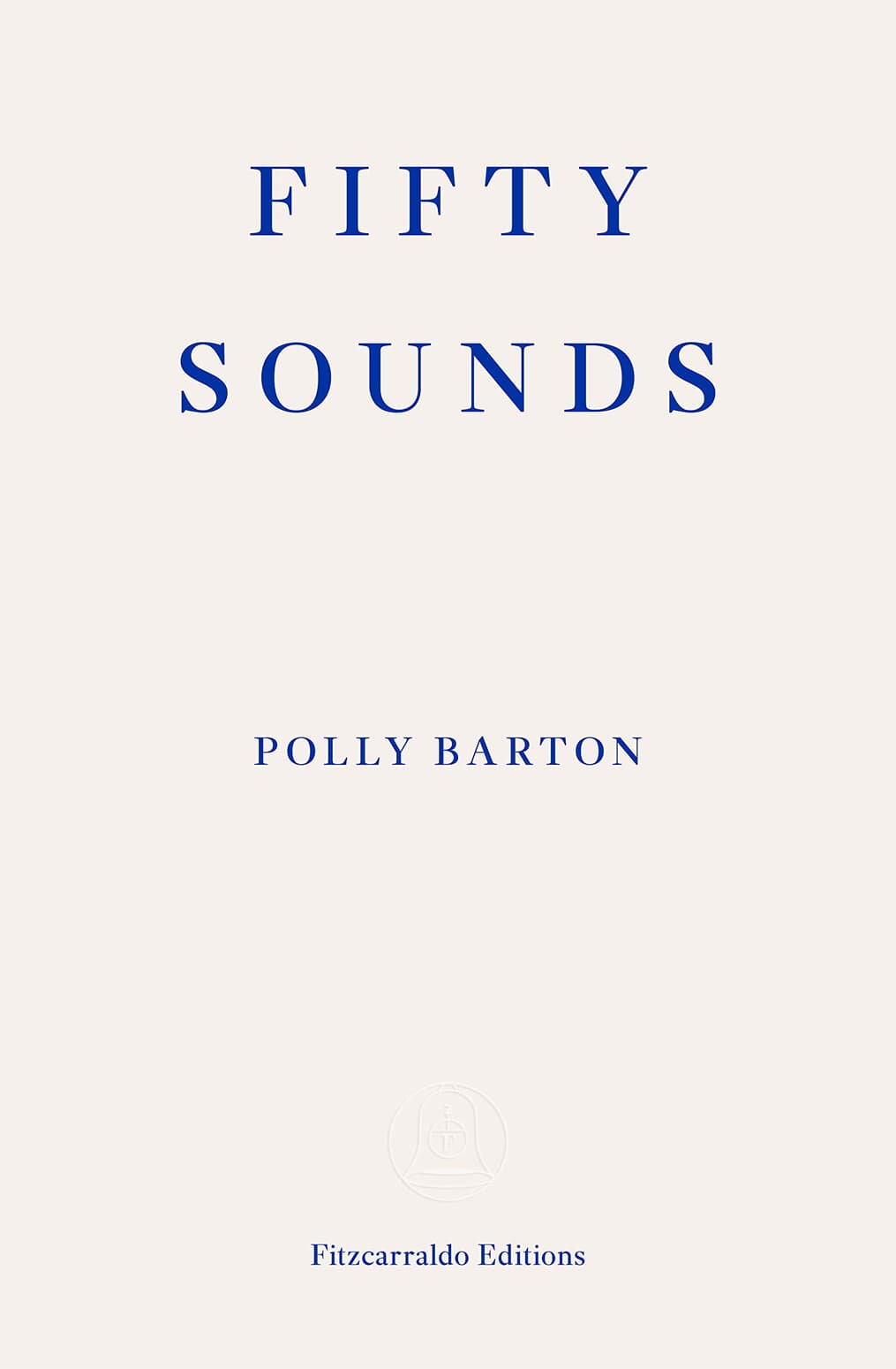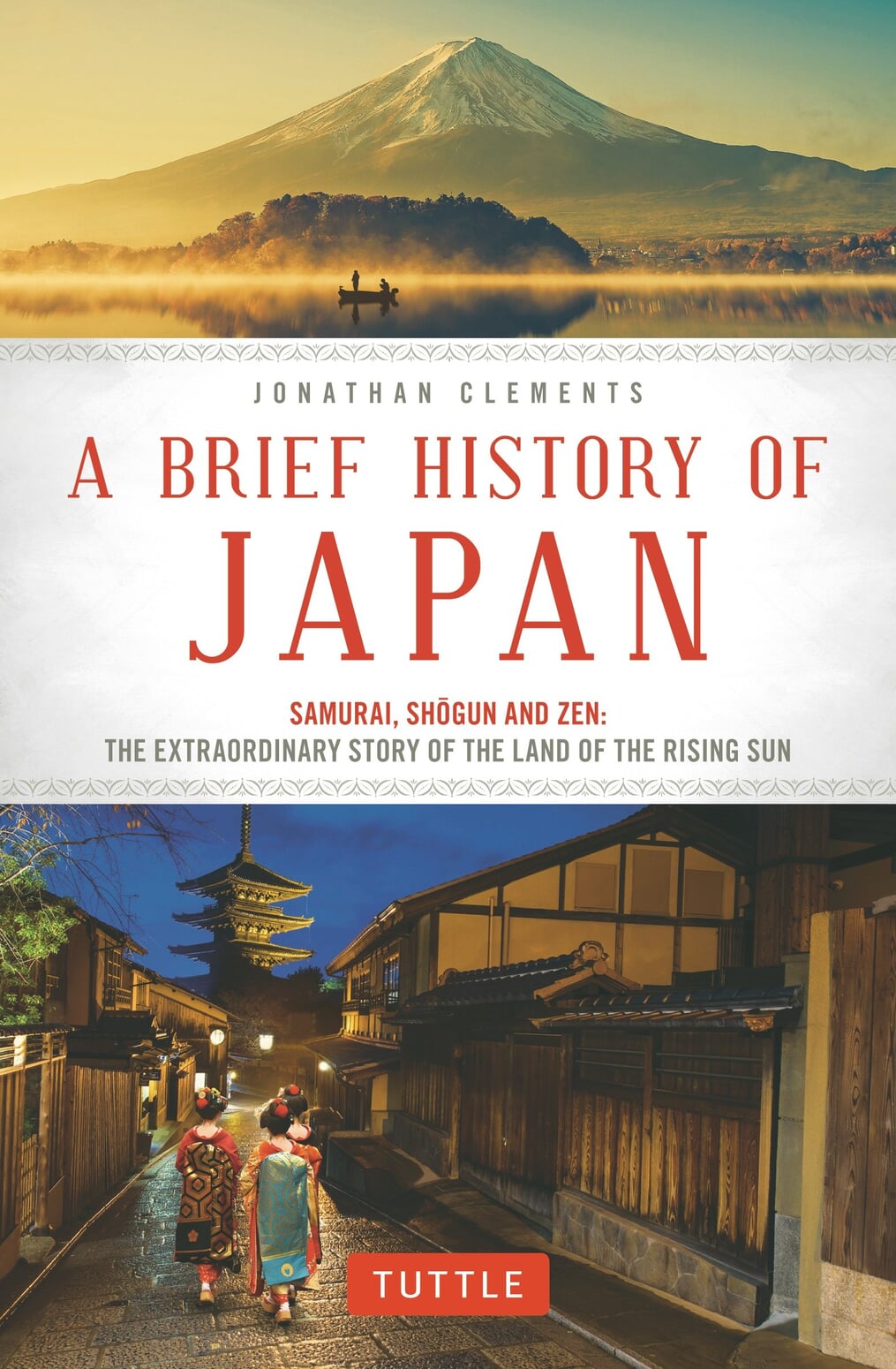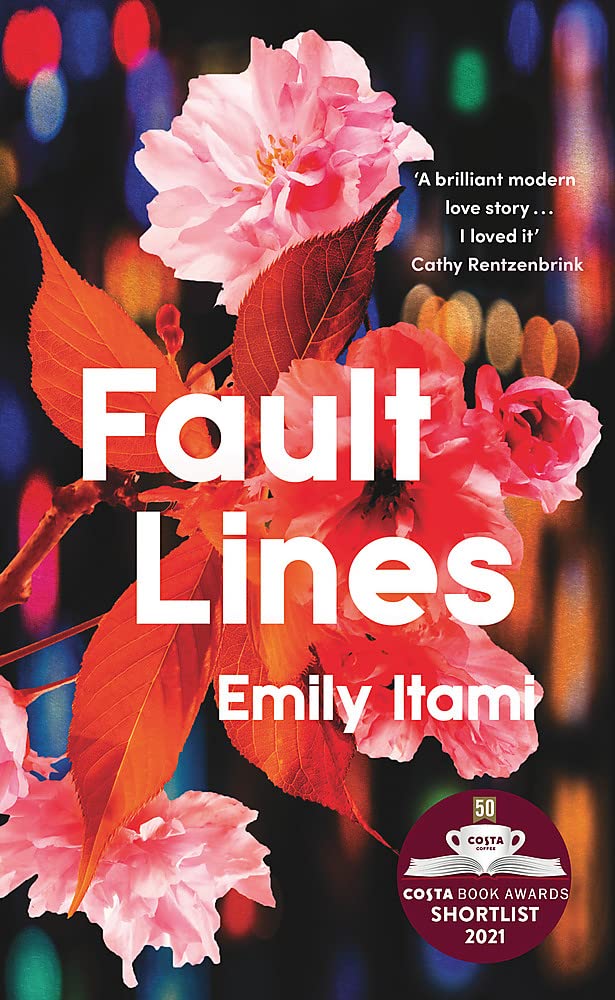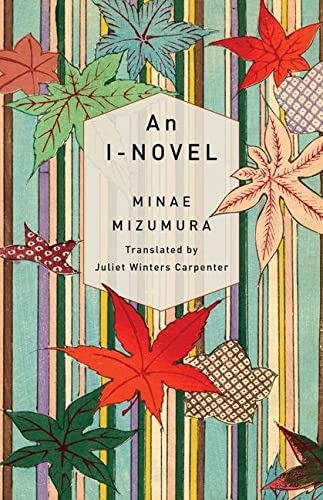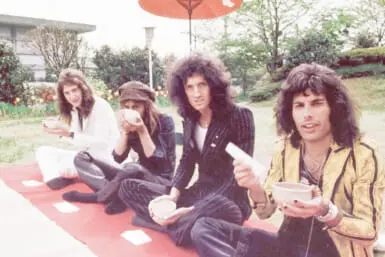There is no end to the number of perspectives when looking at Japan’s history, politics, economics, art and culture. Everyone who has known and loved Japan has their take. Here is a roundup of books that depict Japanese culture and society and give us a deeper look at Japan. We’ve got fiction and non-fiction titles; pick what suits your fancy.
Non-Fiction Books
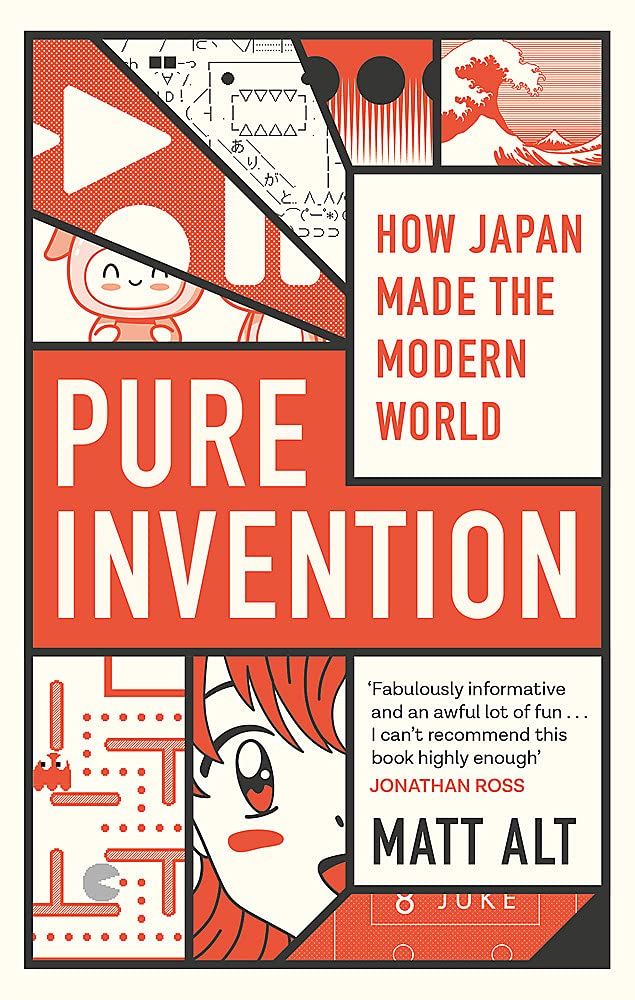
1. Pure Invention by Matt Alt
Pure Invention has the power to be one of the most inspiring and exciting nonfiction books about Japan you’ll ever read. The author, Matt Alt, is a talented translator and a dedicated researcher of Japanese culture. In this book, he has distilled all of his knowledge into a page-turner of modern Japanese pop culture.
This is a book that beautifully highlights the journey of progress and innovation that Japanese pop culture has gone on for almost a century, as well as the impact this pop culture has had on both Japanese and Western societies. From karaoke machines to Hello Kitty, it features humorous anecdotes, fun facts and philosophical musings.
2. Bending Adversity by David Pilling
David Pilling’s Bending Adversity is an ambitious book that proves far easier to read than it might first appear. Exploring the economic and political journeys of modern Japan, this book takes a close look at the post-war bubble and what happened when it burst at the end of the 1980s.
Pilling teaches us about the political structures of Japan as well as its social issues. He presents all of this with enthusiasm. Lifting the veil, he removes the jargon and provides interviews with prominent writers and artists in order to broaden the book’s perspective.
3. Lost Japan by Alex Kerr
For a long time, Lost Japan was the definitive examination of Japanese culture by a Western writer. Part biography, part anthropological exploration, Lost Japan paints a vivid picture of the traditional arts of Japan.
This is a book of personal reflection and charming anecdotes by a man with an all-encompassing passion for the traditional side of Japanese art. Alex Kerr teaches us about tea ceremonies, bunraku, sumo and many other aspects of traditional Japanese culture.
4. The Bells of Old Tokyo by Anna Sherman
The Bells of Old Tokyo is a book like no other; a geographical exploration of Tokyo that shifts back and forward through time. As Sherman walks the streets and visits the iconic locales of Japan’s capital, she recounts the histories of these places, big and small, all the while telling her own personal story.
This is a book that turns Tokyo into a living, breathing creature. It gives the reader the opportunity to become intimately connected to this sprawling metropolis as though it were an old friend. A true love letter to the city of Tokyo and what makes it a beautiful place.
5. Fifty Sounds by Polly Barton
Polly Barton moved to Japan after finishing university and became a JET teacher. Uniquely, however, this experience led to her eventually becoming one of the most talked-about literary translators of the day. Now based in Bristol, UK, Barton has put together a memoir of her relationship with Japan.
What makes this such a fresh take on the memoir genre is Barton’s focus on language. The titular fifty sounds are Japanese onomatopoeia that Barton manages to relate to specific moments of her time in Japan. Some are funny, some poignant, others still shocking and strange. This is a fun, interesting look at the Japanese language and culture from a curious outsider’s perspective.
6. A Brief History of Japan: Samurai, Shogun and Zen by Jonathan Clements
An overview of Japanese history through the ages is something many Japan-lovers crave. They’ll find it in this book. And few history books on Japan are as tightly written as this one.
As an expert on Chinese and Japanese culture and a fluent speaker of both languages, Clements has written multiple history books. In A Brief History of Japan, he presents a compact, exciting, eye-opening vision of Japan’s entire history. The people and events that shaped Japan over millennia are all covered here.
What makes this such a stand-out book on Japan is its humor. Clements injects his book with humorous observations and anecdotes that add so much humanity to an otherwise dry and exhaustingly lengthy topic. This is a history book painted with color and vibrancy.
Fiction Books
7. Fault Lines by Emily Itami
Fault Lines is a book about missed opportunities and rediscovering a love for life. It is full of dark comedy and complex characters. Short, sweet and satisfying, this is a wonderful look into modern Japanese life from the perspective of an “ordinary” housewife.
The protagonist is a middle-aged woman, bored and unfulfilled. Her husband is a bland and tired salaryman who pays her no attention. Mizuki is hollowed-out and ready to die. Then she meets Kiyoshi, a restaurateur with a verve for life and an exciting past. Kiyoshi reminds Mizuki of her own youth, living in New York and learning English.
Fault Lines works as a critique of salaryman culture, the lives and roles of housewives, and the rigid, mechanical social systems of modern Japan.
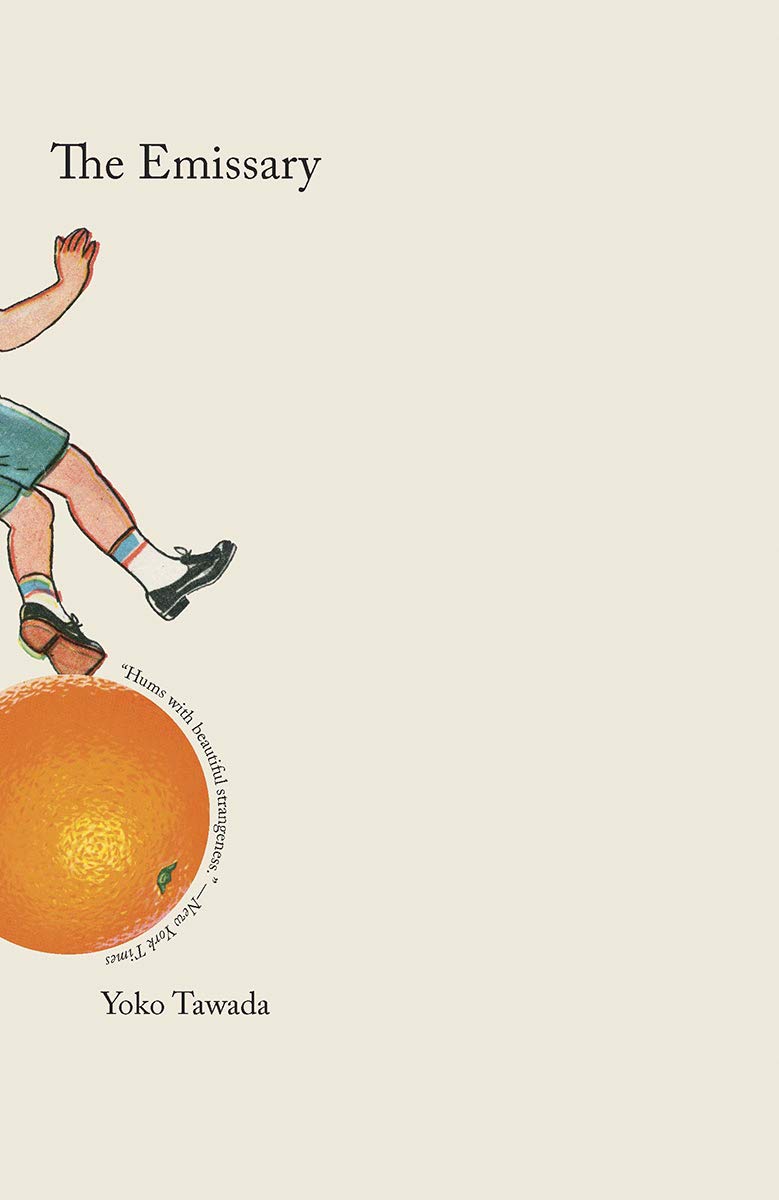
8. The Emissary by Yoko Tawada (Translated by Margaret Mitsutani)
Germany-based Japanese author Yoko Tawada has brought us several inventive and speculative novels, but none so powerful as The Emissary (also known as The Last Children of Tokyo).
Inspired by the frightening dichotomy between Japan’s declining birth rates and aging population, Tawada’s novel is a dystopian view of a polluted future in which people are living far beyond 100 years but children are born sickly and frail. Dystopian novels are a dime a dozen these days, but few hone in on a specific cultural issue in the same way that The Emissary does. Illuminating and chilling in equal measure.
9. An I-Novel by Minae Mizumura (Translated by Juliet Winters Carpenter)
Japanese author Minae Mizumura spent twenty years living in New York City, from the age of 12 to 32. She has recorded this life in a piece of shishosetsu, appropriately named An I-Novel.
This book examines Japanese and American life from the perspective of a person who belongs to and was shaped by both cultures. It delivers moments of culture shock from both sides, as the Japanese and American halves of Mizumura butt heads with one another.
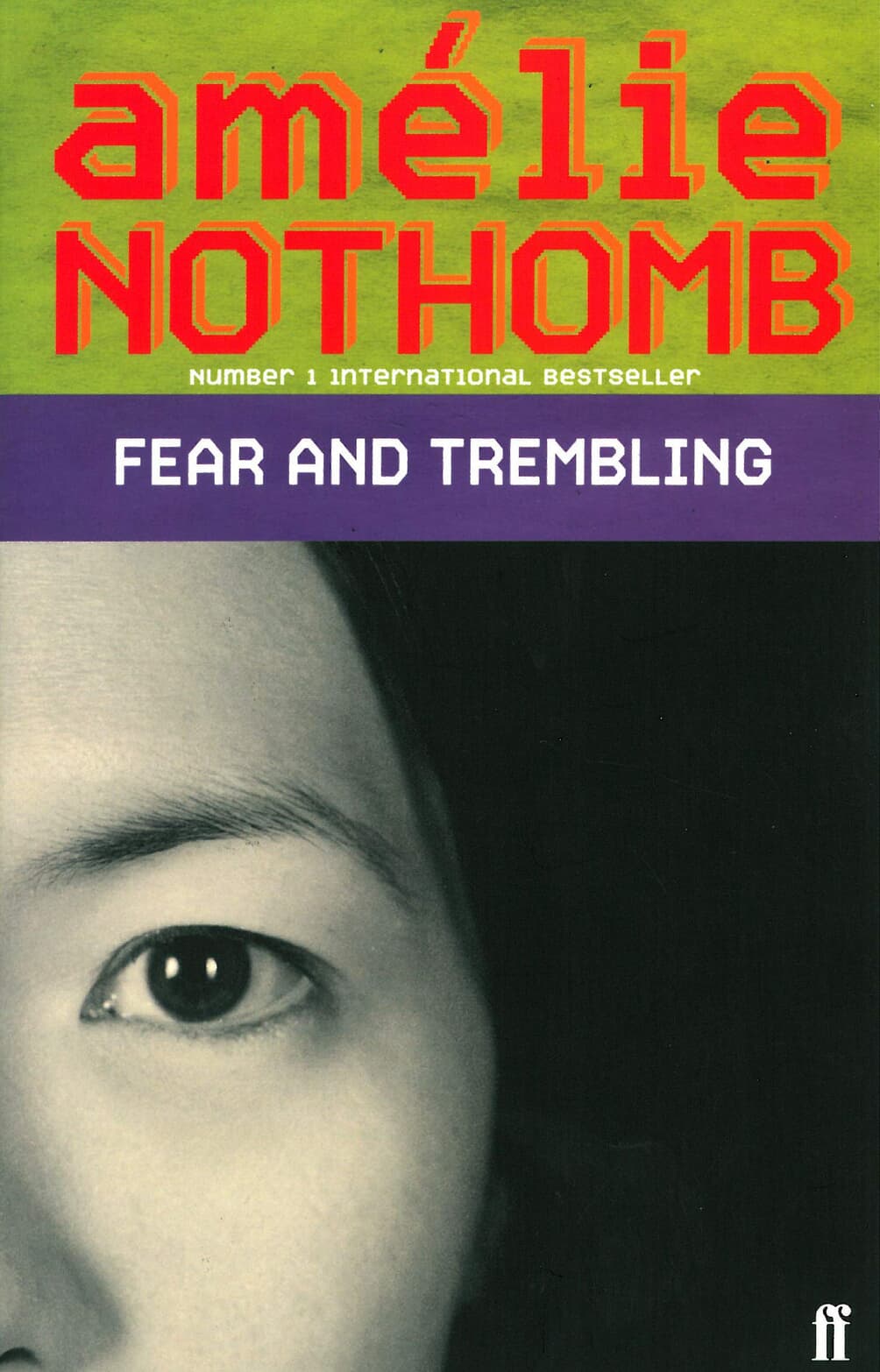
10. Fear and Trembling by Amélie Nothomb (Translated by Adriana Hunter)
Fear and Trembling is a short, satirical Belgian novel that dives into the world of Japan’s workplace culture alongside a comedic exploration of Japanese-versus-Western corporate values.
The book tells the story of a young Belgian woman who, having lived in Japan as a child, moves back to work as a translator for a large corporation. Thanks to the unspoken, rigid, incomprehensive rules, dynamics and codes of conduct, the protagonist finds herself falling deeper into trouble and constant confusion. She fails to comprehend how things work in Japanese corporations; perhaps, because they don’t work at all.
Want to keep reading? We have more book recommendations:
20 New and Upcoming Releases We Can’t Wait to Read in 2022
Kodo Nishimura Releases His First Book in English, This Monk Wears Heels

